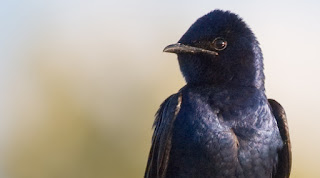 |
| Pretty mourning dove |
I may not have been telling you about it, but I have been birding. Not as much as I would like, but it is July in Texas, so neither the birds not I are all that keen to spend a lot of time in the heat.
I was at 3 Rivers Ranch with some Texas Master Naturalists a couple of times in the last few weeks. The first time, we were looking for horned lizards, although nothing says you can't look for birds at the same time. I went with a group again last week. The rest of the group went out to look for more lizards and I stayed to do some much needed weeding in the pollinator garden we have there (and did see a horned lizard while doing so).
 |
| Horned lizard |
Between the two trips, I saw/heard the following birds: killdeer, red-tailed hawk, mourning dove, Eurasian collared dove, ladder-backed woodpecker, golden-fronted woodpecker, common nighthawk, bobwhite, barn swallow, dickcissel, mockingbird, eastern phoebe, painted bunting, blue grosbeak, roadrunner, Bell's vireo, northern cardinal, yellow-billed cuckoo, scissor-tailed flycatcher, great crested flycatcher, brown-headed cowbird, lark sparrow, house sparrow.
I also visited Copper Breaks State Park. It doesn't get enough attention. It's well worth a visit. I was again there to look for horned lizards, so wasn't focused on birding, but did see a few birds. Burrowing owl, mourning dove, Eurasian collared dove, turkey vulture, bobwhite quail, roadrunner, ladder-backed woodpecker, Bewick's wren, cardinal, mockingbird, scissor-tailed flycatcher, painted bunting, lark sparrow, and brown-headed cowbird.
I also went with a group to do a quail call survey in Wilbarger County. In addition to some quail, we did see some other birds. Among them cattle egret, killdeer, mourning dove, cliff swallow, painted bunting, dickcissel, cardinal, yellow-billed cuckoo. red-winged blackbird, brown-headed cowbird, lark sparrow, eastern meadowlark, western meadowlark, and Cassin's sparrow.
Good birding!


_(5822528612).jpg)


